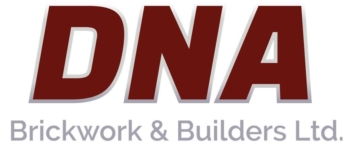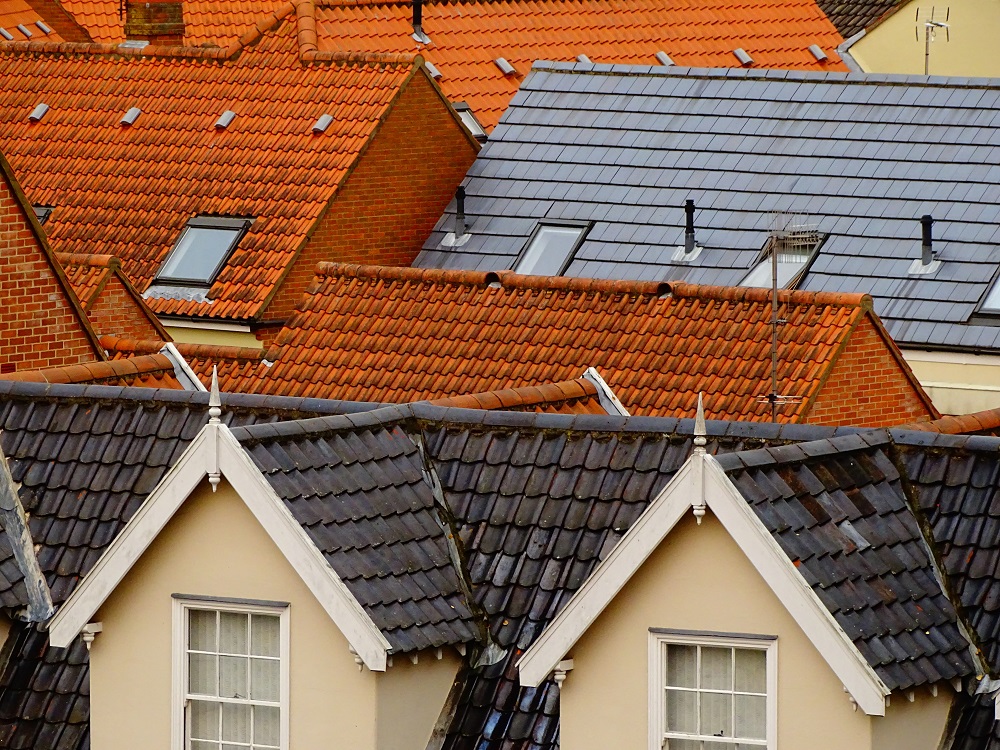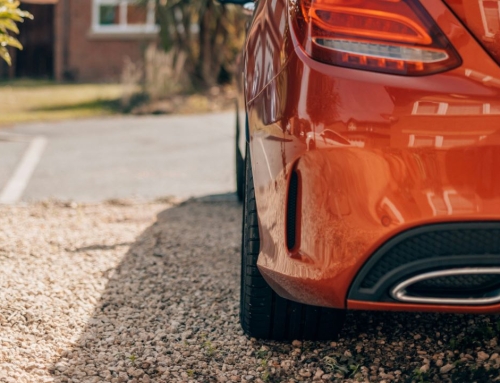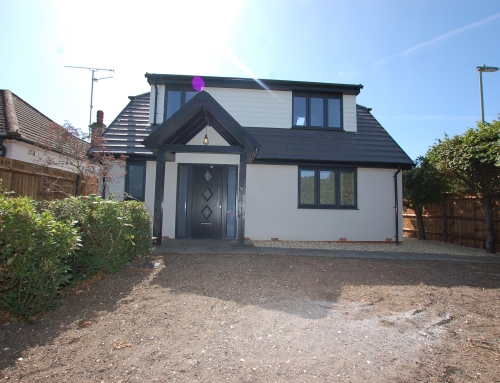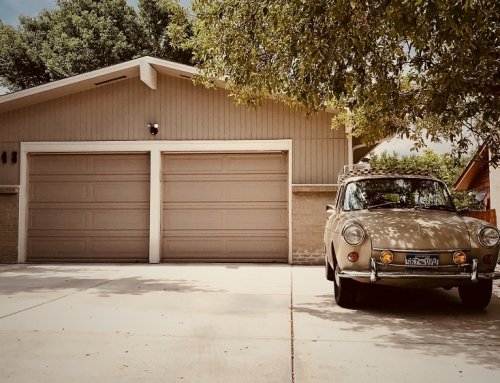Keeping the ‘roof over your head’ is a pretty fundamental part of a building’s job. But how often do you really think about it, your roof we mean? How much it protects you, and what it needs to be made of to do that? If you’ve ever had to replace your roof, or build your own home then you’ve probably been asked what type of roof you would like, and your preference of materials. Today we’re going to give you a rundown of the types of roof you can choose, and what each one means.
Pitched Roofs vs Flat Roofs
Here’s your first big decision. Will you have a pitched roof, or a flat one. A flat roof is fairly self-explanatory, and a pitched roof simply means it comes to a point. The angle of the pitch could be quite steep, or very gentle, depending on the style you choose.
Pitched roofs are the most common type of roof in the UK. This is mainly because they provide a natural runoff for rainwater, which the British weather provides in abundance! They also provide you with some extra storage or living space, which in UK homes is always in demand, and if properly fitted they provide good insulation for the home too.
Flat roofs are a lot cheaper to install, and if you’re partial to a roof garden then this is a good option. However they aren’t as common purely because they cost a lot more to maintain, and they aren’t seen as ‘stylish’. The style of roof you choose is usually up to you, but sometimes the design of your home might impact your choices.
Roofing Materials
Now that you’ve decided on the style of roof, it’s time to choose the materials for it. Now there are some types of roofing that can only be made from certain materials. For example, you generally can’t put thatch on a flat roof. That being said, here are a few of the options you can choose:
- Concrete or clay tiles: The most common variety of roofing in the UK. Roof tiles are typically made of clay or concrete, depending on your preference. They’re available in a variety of shapes and sizes, so you can match the inclination of your roof perfectly. They’re the ideal cheap roofing materials.
- Slate tiles: Slate roof shingles are possibly the longest-standing roofing material there is. They’re competitively priced, last a lifetime and are naturally resistant to moss. They also give your roof a more modern appearance.
- Thatch: A thatched roof is one of the most traditional and charming options for a pitched roof. It can usually last about 35 years and has very good insulation properties. They can be made in an open or closed construction, which means it can be applied to houses designed with thatch in mind, and those that weren’t.
- EPDM: This is a material made of rubber, and is usually round of flat roofs. It’s a maintenance-friendly material that doesn’t crack and lasts a lifetime. It is a little more expensive than other roofing methods, but it’s often the best option to reduce repairs and maintenance costs.
- Metal tiles: Tiles can be made from sheets of steel and aluminium. This gives the look of roof tiles, but without the weight of traditional tiles.
- Zinc: Zinc slates have the same look as a natural slate, just a little bit bigger. You can also use zinc strips, which will develop a patina that protects the metal and gives a nice colour to the roof. This is usually applied to roofs with unconventional shapes, since the metal is very flexible. They’re also a very eco-friendly material, since it can be recycled and used again/
- Polycarbonate: This is a transparent, plastic roofing material which is usually saved for greenhouses, verandas and carports, rather than on the houses themselves.
Lead
Lead roofing used to be an incredibly popular option for roofs, all the way from Roman times into the later part of the twentieth century. But it became quite difficult to find as a building material, which made it very expensive. This meant that even if it was installed, it was a target for thieves, and would often be stolen while the house was unoccupied. It’s even made the headlines for being stolen from local church roofs! So now you will find very few roofs made from lead. Though you may find a few with lead flashing, which is a reliable way of protecting against both the weather and general wear and tear.
At DNA Brickwork And Builders, we’ve built pretty much any type of roof you can think of during our work. All buildings need a roof, and it’s our job to help you choose the best type for your property, the best finish for your style and install it all properly to keep your head dry. If you’d like to find out more, just get in touch with the team today.
